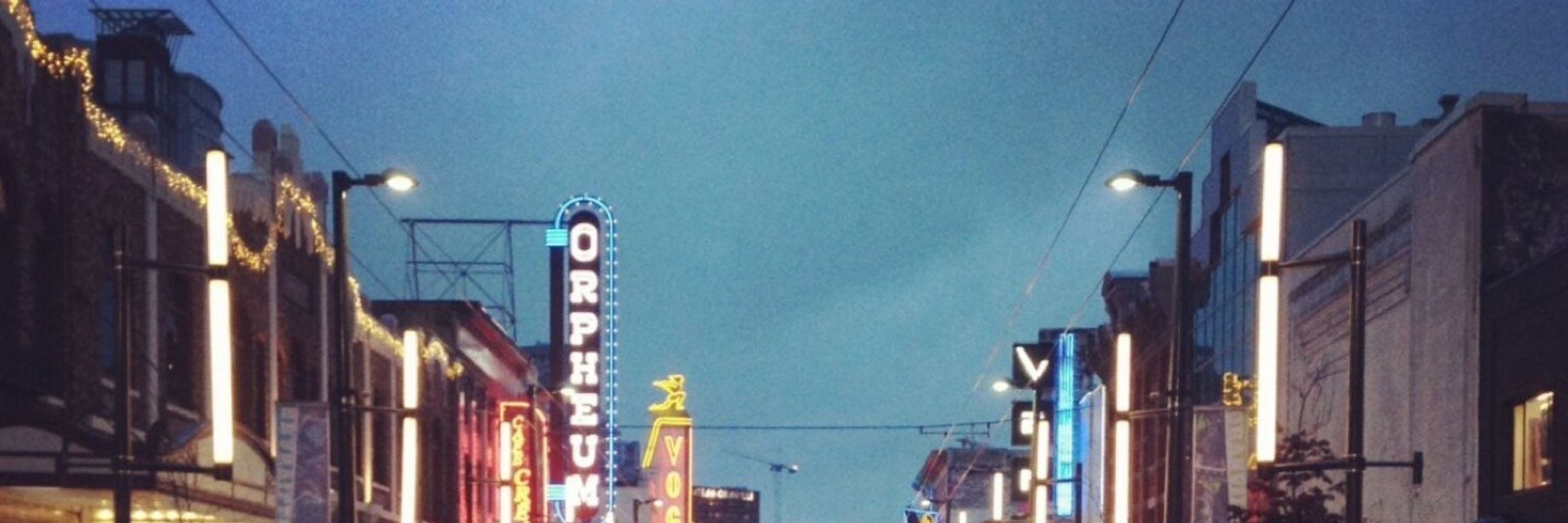
Lettermatic.com



Also please note that his process was documented with a Polaroid camera because the ‘screenshot’ had not yet been invented.
www.folklore.org/Round_Rects_...

Also please note that his process was documented with a Polaroid camera because the ‘screenshot’ had not yet been invented.
www.folklore.org/Round_Rects_...



lettermatic.com/custom/fetch...
🔤🔠

lettermatic.com/custom/fetch...
🔤🔠
Read more about the design process here:
lettermatic.com/custom/fetch...
Read more about the design process here:
lettermatic.com/custom/fetch...
lettermatic.com/custom/fetch...

lettermatic.com/custom/fetch...
We made a custom type system comprised of a workhorse sans and friendly serif for one of the most popular shopping apps in the USA. Read the full case study here:
lettermatic.com/custom/fetch...
We made a custom type system comprised of a workhorse sans and friendly serif for one of the most popular shopping apps in the USA. Read the full case study here:
lettermatic.com/custom/fetch...











